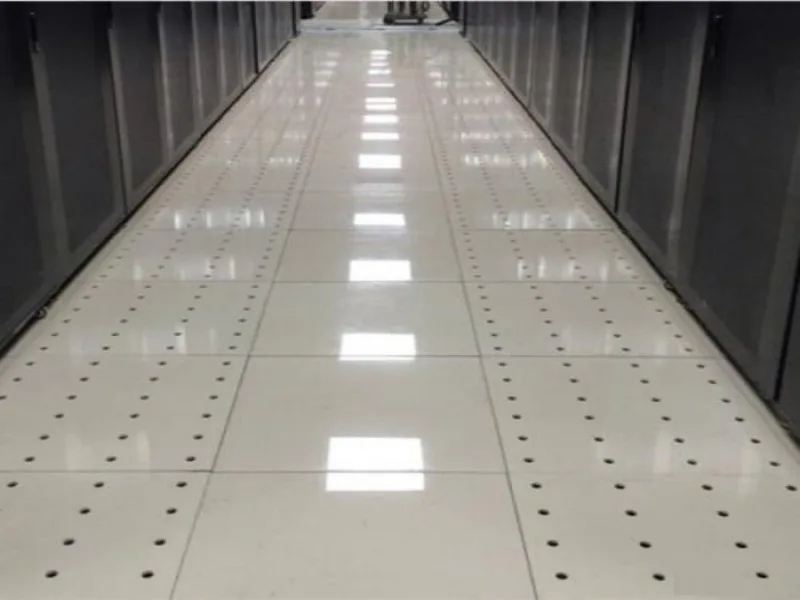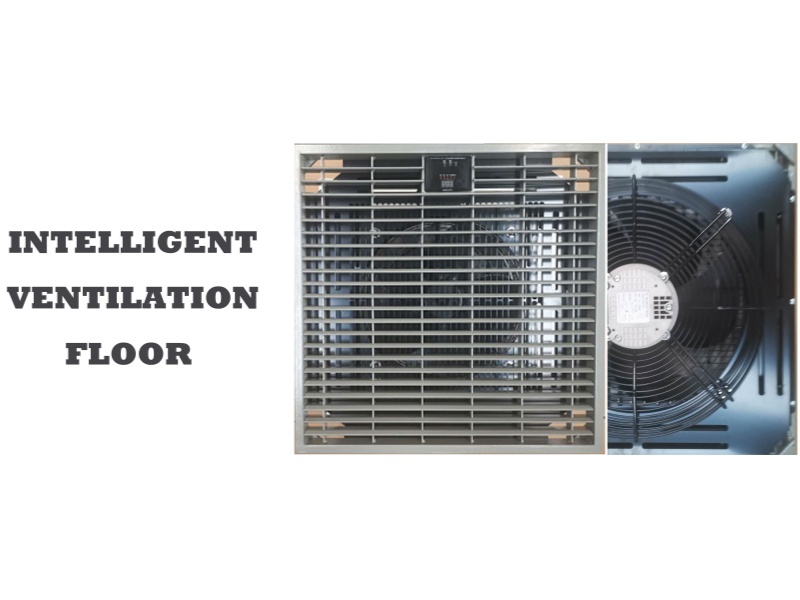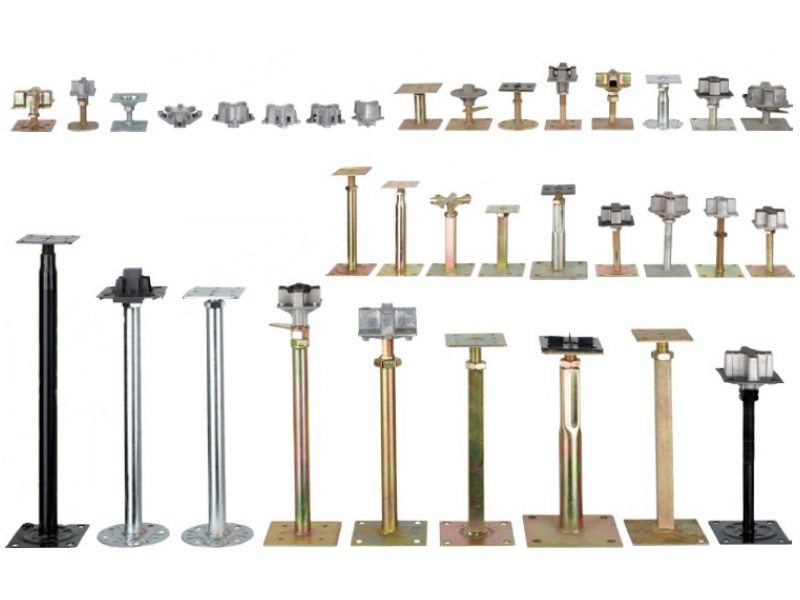
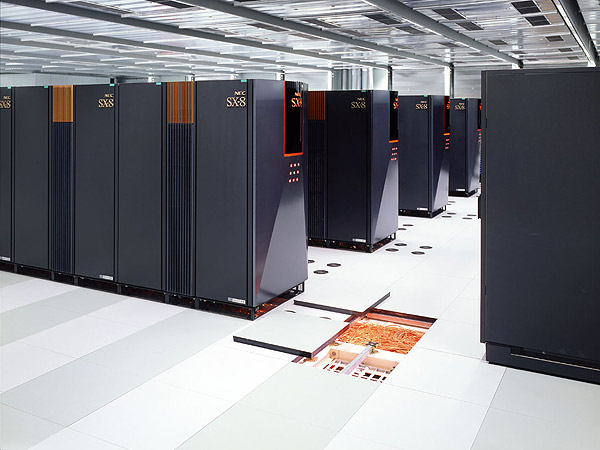
A Brief Introduction for Calcium Sulphate Raised Floor
Nowadays, raised floors are widely used in data centers, computer rooms, and other places. However, our first thought is steel anti-static raised floors when referring to steel anti-static raised floors. In fact, calcium sulphate raised floor also can be used in data centers, computer rooms, telecommunication rooms, server rooms, and other high-grade rooms. Even more, somewhere can achieve better paving effects. In this topic, I will talk about calcium sulphate raised floors. When it comes to calcium sulphate, I think most of us will think about the CaSO4 in our chemistry class at school. In fact, our calcium sulphate raised floors are different from the CaSO4. So, what’s the production of our calcium sulphate raised floors? The production process of encapsulated calcium sulphate raised floor Mix natural gypsum, plant fiber, pulp, and other materials in a certain proportion and stir evenly. Press the stirred raw materials to form calcium sulfate base
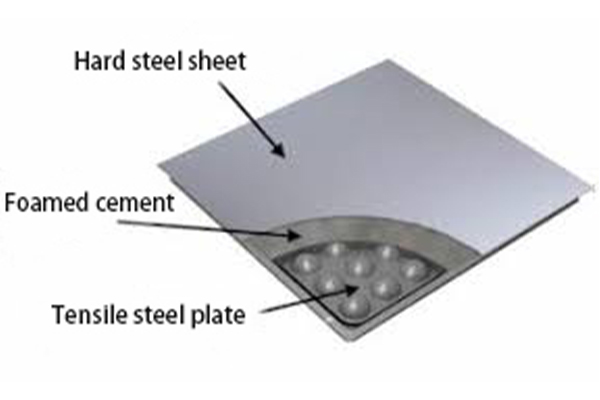
Talking about filling the cement into the steel raised floor
Generally speaking, raised floor includes steel cement raised floor, calcium sulphate raised floor, wood core raised floor, and aluminum raised floor. Among these raised access floors, the most common type is the steel cement raised floor. The steel cement raised floor is formed by spot welding of upper and bottom steel plates, and the empty middle shell fills with foamed cement. This raised floor is solid and durable, with good fire resistance and bearing performance. 1. High mechanical strength The bottom surface of the steel raised floor is a deep tensile steel plate, the panel is a hard SPCC steel plate, and the middle is foamed cement, and these sectors make the steel cement raised floor high heavy. A more considerable weight usually means higher strength and damping. When heavy equipment is rolled on the floor or placed heavy objects overloaded, the steel cement raised floor can bear the pressure

Choosing the correct raised floors
In my last blog, we analyzed why we should install the raised floor, and we mentioned how to choose the correct raised floors, by the way. So let’s discuss ‘the method of choosing the correct raised floors’ in this blog. So, what do you think about choosing the raised floors? In my opinion, you don’t have to struggle with choosing one type of raised floor. You can use them together. Also, you can mean that we can install different types of raised floors according to different requirements. Choosing the raised floor–in hallways For example, in an office building. You can choose the porcelain finished raised floors in areas like hallways or aisles. The porcelain finished raised floor has an excellent decorative effect and good resistance against abrasion. People often come up and down in the hallways, and goods also need to be carried there. They will rub the raised floors.

Raised Floor–Some Thoughts by Christmas Tree
After Christmas is New Year’s Day, and soon after New Year’s Day is Chinese New Year. Many businesses also put up Christmas trees, billboards, or decorations to welcome the New Year in front of their stores. However, many businesses have dragged a long line to connect the Christmas tree or various billboards or decorations. Some even made a warning sign to remind customers to be careful of electrical wiring. It is not only very unsightly but also has many security risks. As a raised floor manufacturer, I can’t help but wonder, if raised floors are installed there, wouldn’t it be like now? If raised floors are installed, the wiring can be routed directly through the space below the floor, in which case there are no exposed wires, no tripping hazard, and no need for tape, warning signs, etc. It will also look more beautiful. You may feel that there is
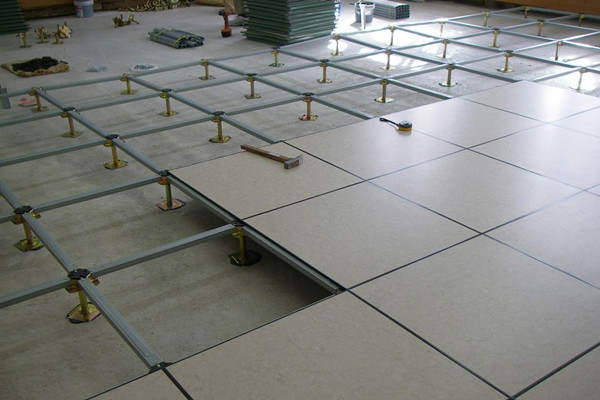
Install Raised Floor–Matters Need Attention
As we can see in our daily life, more and more offices, computer rooms, and data centers use raised floors to meet the requirements of laying electrical lines and ventilation. The raised floor generally adopts the assembly type installation. When install raised floor, the method is relatively simple, but there is still some fastidious construction technology. Unlike laying the ordinary floor, the laying of the raised floor is generally the last process after indoor decoration, which should be carried out after completing indoor civil engineering and decoration. Before installing raised floor, the cable, air pipeline, electrical system, and other facilities under the floor must be arranged.We should ensure that the pedestals will not collide during the subsequent construction. If there are heavy equipment and facilities, install them with the base. Moreover, the base’s height should be consistent with the height of the overhead floor. Tips on installing raised floor The
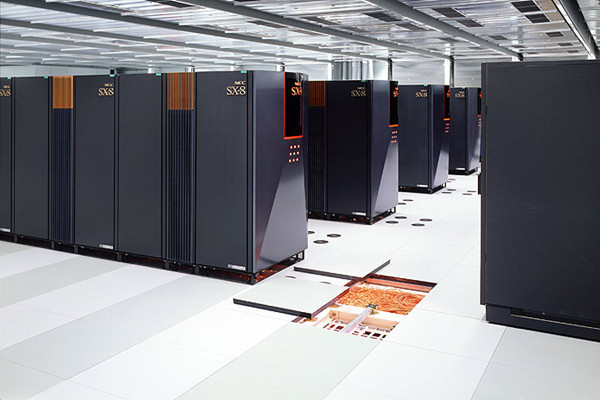
Calcium Sulphate Panel– Anti-static Raised Floor Introduction
Calcium sulphate panel is one of the most popular anti-static floors nowadays. When installing new raised floor or renovating the floor, more and more people will choose to use calcium sulfate panel. Raw material of calcium sulfate board The base material of calcium sulphate raised floor use non-toxic and unbleached plant fiber as reinforcement material. Combine with solidified calcium sulphate crystal and then pulse press the all materials. This calcium sulphate panel’s recovery rate is over 90%, which aligns with the current environmental protection and energy-saving requirements. With the increasing demand for environmental protection and energy-saving, the use and market share of calcium sulphate raised floor are rising. Usually, the bottom of the calcium sulphate anti-static raised floor is galvanized steel. And the surface covers are anti-static veneers such as HPL or PVC. The sides seal belongs to conductive rubber edge trim. You can see them widely used in computer
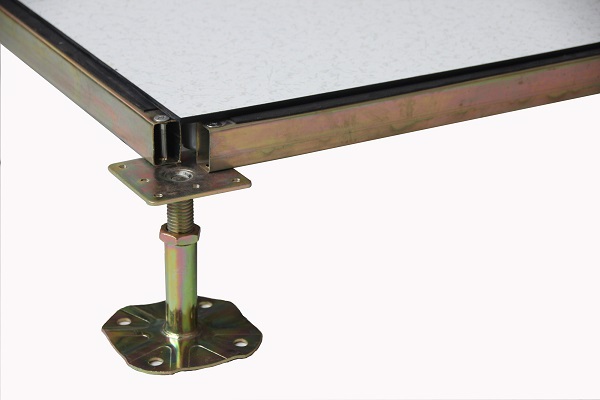
Pedestal, Raised Access Floor Accessories
For a raised floor system, the pedestal is one of the most important components. Pedestals can normally provide an adjustable supporting structure to the raised floor panels. The pedestal’s height varies from 50mm to 2000mm, which can suit any application. By using a pedestal of different heights, the raised floor can be laid on the stairs. Besides, special pedestals with inclined plane heads are available to locate and install a sloping floor. The pedestal not only provides the lower space for the floor, but also carries a considerable load, so we must choose the appropriate pedestal reasonably. Kinds of pedestal Basically, we always talk about three types. They are cross head one, flat head one, and round head one. Cross head one consists of a base plate, threaded rod, hexagon nut, spring washer, adjustable die-cast aluminum head plate, and panel locking screws. Flat head one consists of a base
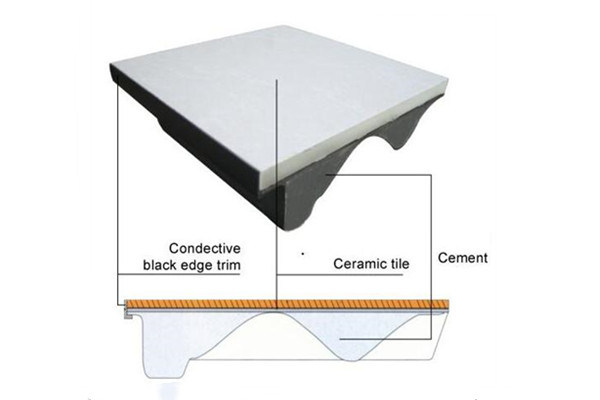
What is Ceramic Anti-static Raised Floor?
Now we will introduce you a kind of duarable raised floor — ceramic raised floor. It is usually seen in bank and other commercial areas. Applications of ceramic raised floor Ceramic floor is divided into anti-static ceramic floor and non-anti-static ceramic floor. Ceramic Anti-static Raised Floor is the raised floor panel covered with a ceramic stoneware finish. In the production of the ceramic surface layer, anti-static additives inject into the tile evenly. Due to the surface layer’s wear resistance, the anti-static property can maintain for more than 20 years. Therefore, compared with other raised floors, the ceramic anti-static floor has long service life and good decoration effect, which is very suitable for banks, computer rooms, and communication data centers. The performance of ceramic raised floor As we all know, traditional anti-static materials mainly include anti-static PVC board, anti-static vinyl board, and surface anti-static coating. These materials have the disadvantages of
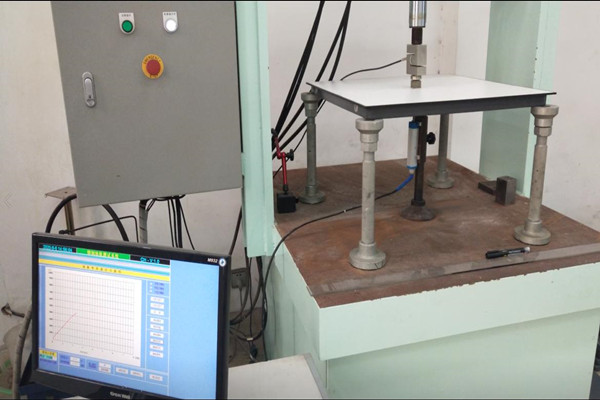
Load Capacity of Raised Floor
When designing a new raised floor system, the floor load is the important thing we need to know. Accurate load capacity is one of the advantages of raised floor. A good raised floor system has the best product characteristics and can provide a safe computer room environment. So you should design the raised floor system according to the type and quantity of load it bears. As the system load rating increases, the production cost and the cost to the end-user will also increase. Therefore, it is necessary to achieve the best balance between application requirements and system costs. When choosing the raised floor system, you may need to consider multiple types of load. Concentrated load capacity Fix the raised floor on the pedestal and stringer, and adjust the height of the pedestal. Keep the raised floor on the same level and ensure the floor surface and the four pedestals are

Difference Between Raised Floor Edge Trim & No Edge Trim
Due to the office building, computer room, and data center increase, the demand for steel raised floor daily increased. There is a black edge trim or not, the raised floor is divided into two types, floor with edge trim and without edge trim. Each of these two types has its characteristics and advantages. Now we will show you the differences between them. 1. Application of edge trim and no edge trim Floor with edge trim commonly uses in computer rooms and monitoring rooms. The seams between the no edge trim is very fine after paving, and the overall effect will be better. So the floor with no edge trim is suitable for all kinds of high-end computer rooms. 2. Price Although in the same condition, the production technology of edge trim is a little bit harder, which makes the price higher. Moreover, the installation cost of no edge trim is also


